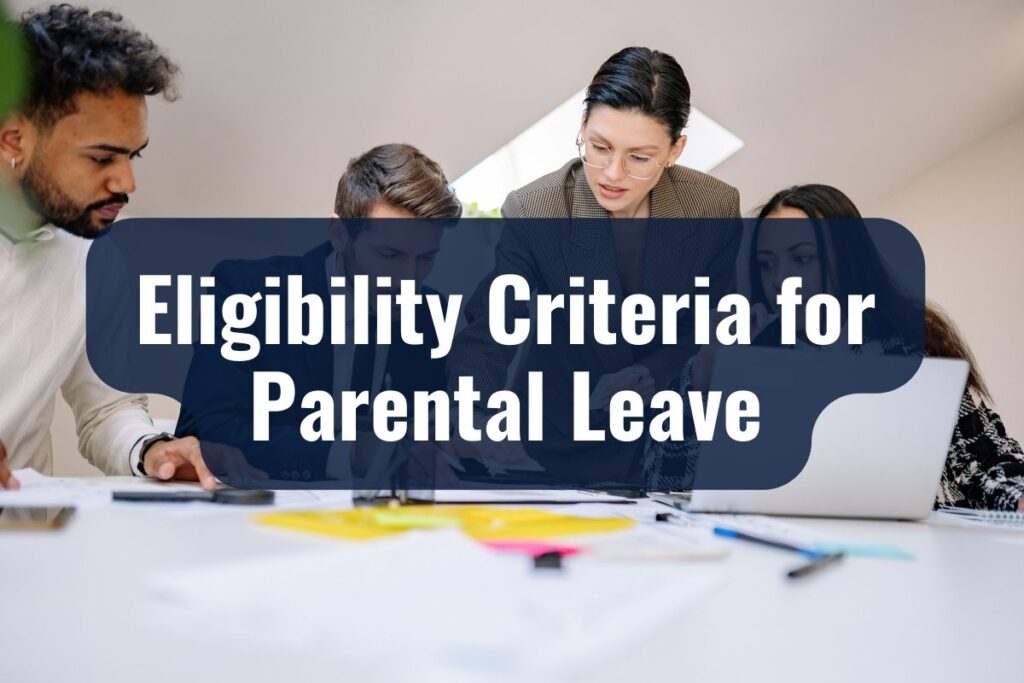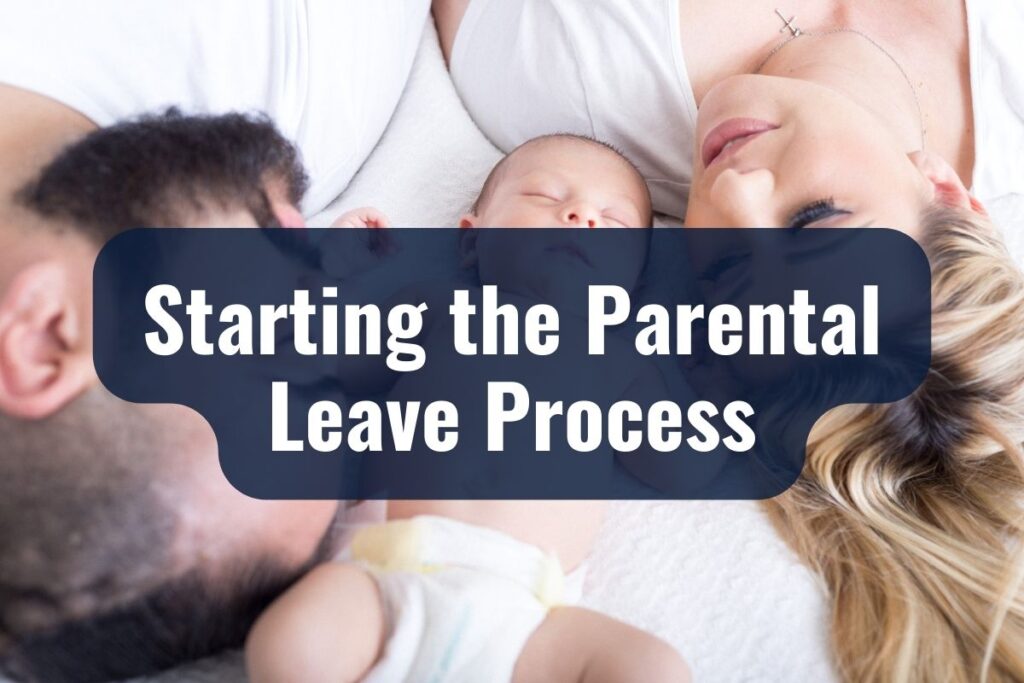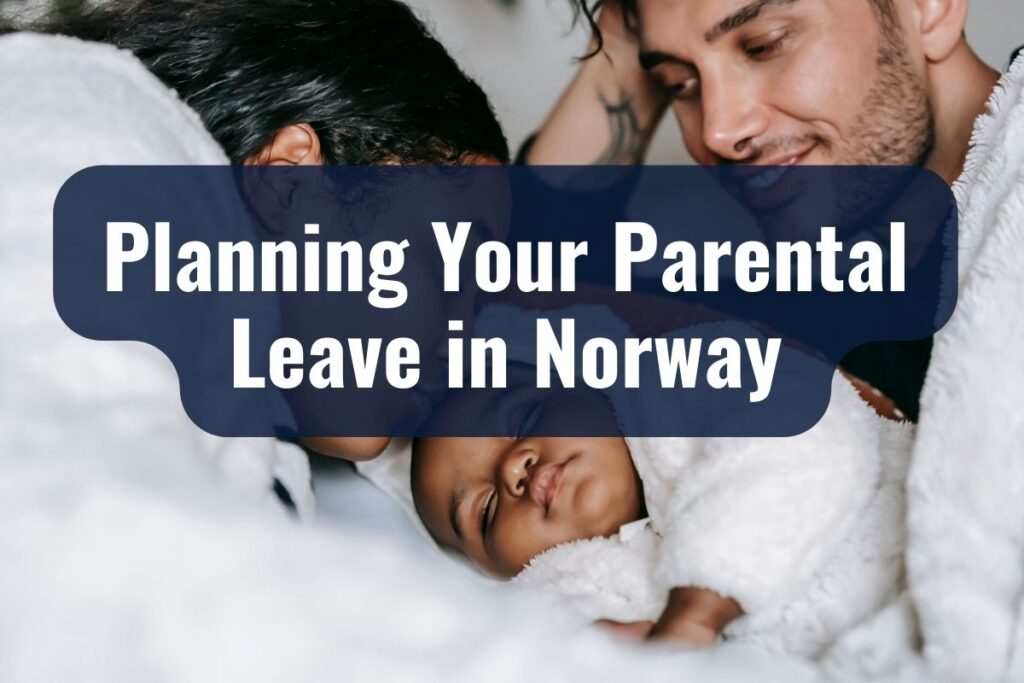For expats, navigating the nuances of a new country’s policies can be overwhelming. And when it comes to something as essential as parental leave, it’s understandable if you feel a mix of excitement and confusion. It might be vastly different from what you’re accustomed to in your home country, or perhaps, this might be your first experience exploring such benefits. Whatever the case, our aim here is to guide you, with empathy and clarity, through the process of parental leave in Norway.
While Norway offers a plethora of resources and rights to new parents, understanding them in a foreign language can be a challenge. This article aims to be your English companion on this subject, hoping to make this journey a little smoother for you and your family.
Key Takeaways
- Norway’s progressive parental leave policies echo its values of family and well-being.
- Eligibility for parental leave benefits often revolves around employment status and duration.
- The benefits during parental leave include a significant percentage of your salary.
- Initiating parental leave requires collaboration between you, your employer, and NAV.
- Shared leave offers parents flexibility and a chance to bond with their child equally.
- Expats face unique challenges like the language barrier and cultural adjustments.
The Basics of Parental Leave in Norway
Here, we’ll unravel the basics of parental leave in this majestic Nordic land, ensuring you feel both enlightened and comforted.
Duration of Parental Leave
Norway’s parental leave is designed to give ample time for parents to bond with their newborns. In total, parents are entitled to 59 weeks with full pay (or 69 weeks with 80% pay). This is a combined period, ensuring that both parents can invest quality time with the child while also taking a well-deserved rest.
Division of Leave
The division of these weeks is equally significant. Out of the total duration, 15 weeks are reserved for the mother (the “mother’s quota”), and another 15 weeks are set aside for the father (the “father’s quota”). The remaining weeks can be flexibly shared between both parents. This division signifies Norway’s progressive approach, ensuring both mothers and fathers have dedicated time with their child.
Flexibility in Splitting Weeks
One of the beautiful aspects of Norway’s policy is its flexibility. After accounting for the reserved weeks for each parent, the remaining weeks can be divided based on the family’s unique needs and preferences. This ensures that your family can customize the leave period to best suit your lifestyle and child-rearing choices.
Eligibility Criteria for Parental Leave

As you weave your family’s narrative in the picturesque backdrop of Norway, understanding the eligibility criteria for parental leave becomes crucial, and we’re here to illuminate this path for you.
Employment Status
Central to qualifying for parental benefits is your employment status. To be eligible, you or your partner should have been employed and had a taxable income for at least six of the ten months prior to the commencement of the parental leave. This ensures that the system is approachable for both long-term employees and those who’ve recently stepped into the Norwegian workforce.
Membership in the National Insurance Scheme
For expats, this point holds particular significance. You or your partner must be a member of the Norwegian National Insurance Scheme. Generally, if you’re living and working in Norway, you’re automatically a member. However, for those who’ve recently relocated or are in unique employment scenarios, it’s essential to verify your membership status.
Special Considerations for Expats
As an expat, it’s natural to wonder how previous employment in your home country or another nation might influence your eligibility. The good news is that periods of employment and insurance in other EEA countries can, in many instances, be counted towards the eligibility period in Norway. This reflects Norway’s commitment to inclusivity and its understanding of the global workforce’s fluidity.
Minimum Income Requirement
To be entitled to parental benefits, there’s a minimum income requirement. You or your partner should have earned at least half of the National Insurance basic amount (known as “G” in Norwegian) in the preceding calendar year. This threshold ensures a fair system for all, providing benefits to those who’ve been active contributors to the Norwegian economy.
Benefits During Parental Leave in Norway
In Norway, these are the benefits working parents could get during parental leave:
Salary Compensation
One of the cornerstones of the Norwegian parental leave system is the financial compensation it offers. Parents can choose between two options:
- Full Pay for 59 Weeks: This allows parents to receive 100% of their salary for nearly 14 months.
- 80% Pay for 69 Weeks: For those who wish to extend their leave period, they can opt to receive 80% of their salary for approximately 16 months.
These options provide families with flexibility, enabling them to make choices that align with their needs and financial planning.
National Insurance Scheme Benefits
Being a part of the Norwegian National Insurance Scheme is more than just a membership; it’s an assurance. During your parental leave, the scheme ensures you’re compensated based on your income up to a certain ceiling. This means that even if you’re taking time off, you’re still supported, fostering a sense of security and stability.
Calculation of Benefit Amount
The actual amount you receive during parental leave is calculated based on your income in the preceding year or the average income of the three best of the last five years. This system is designed to reflect fairness, ensuring you receive an amount that closely mirrors your regular income.
Starting the Parental Leave Process

As you prepare for a new chapter in your life, understanding how to initiate the parental leave process becomes important. Here’s a quick guide:
Notifying Your Employer
The first and foremost step in initiating your parental leave is to inform your employer. Ideally, this should be done at least three months before you plan to start your leave. Engaging in an open dialogue with your employer not only ensures compliance with regulations but also allows for smooth transitions and preparations on both ends.
Understanding Paperwork
To receive parental benefits, you’ll need to fill out an application form from NAV (The Norwegian Labour and Welfare Administration). While the process is streamlined, it’s natural for expats to have queries or require clarification. Remember, you’re not alone. Your HR department, colleagues, or fellow expat communities can often be a wealth of information.
When to Apply
The ideal time to send in your application to NAV is shortly after the birth or adoption of your child. It’s advisable to not delay the process, ensuring you receive your entitled benefits promptly.
Seeking Assistance
Navigating the application process in a new country can sometimes be overwhelming, especially with the added emotions and preparations surrounding a new child. If language proves to be a barrier or if you’re unsure about certain elements of the form, don’t hesitate to seek assistance. Many companies offer guidance through their HR departments. Moreover, the NAV website provides resources in English, and there are numerous expat groups and forums where you can seek advice and shared experiences.
Let’s take a closer look at how you can benefit from a shared leave:
At a glance, shared leave might seem like a division of weeks between parents. But in reality, it’s a testament to the equal roles that both parents play in nurturing a child. By designating specific quotas for both mothers and fathers and offering flexibility in the remaining weeks, Norway encourages both parents to be actively involved in the early stages of their child’s life.
Mother’s and Father’s Quota
Central to the shared leave concept is the dedicated weeks set aside for both mothers and fathers, ensuring that each parent has a non-transferable period to bond with their child. These reserved weeks (typically 15 weeks each) reinforce the idea that both parents have unique and essential roles in a child’s upbringing.
Flexibility Beyond Quotas
Post the dedicated quotas, the beauty of shared leave shines in its adaptability. Parents can choose how they’d like to distribute the remaining weeks, allowing families to create a leave schedule that aligns with their unique circumstances, preferences, and childcare strategies.
While the practical advantages include both parents being able to maintain a connection with their professional lives, the emotional benefits are profound. Shared leave fosters mutual understanding, deeper bonding, and a collaborative approach to parenting. It’s an opportunity for fathers to immerse themselves in hands-on parenting, and for mothers to feel supported and understood.
Planning Your Parental Leave in Norway

Since every family is unique, getting a parental leave entails a lot of careful planning.
- Open Conversations: The first step in this planning journey is open communication. Discuss with your partner what you both envision for this special period. How do you imagine the days unfolding? Who will take the lead at which times? These heartfelt conversations lay the groundwork for a plan that resonates with both parents.
- Understanding Your Work Scenario: Dive into a discussion with your employer or HR department. Understand the company’s policies, the flexibility offered, and how your parental leave might align with ongoing projects or responsibilities. Many Norwegian companies are deeply supportive and might provide insights that can aid your planning process.
- Budgeting and Financial Planning: While Norway’s parental benefits are generous, it’s always wise to outline a budget for this period. Whether it’s planning for baby essentials, potential medical expenses, or creating a little nest egg for family outings, a clear financial roadmap can offer peace of mind.
- Seek Guidance: As expats, you may have specific questions or feel uncertain about certain aspects of parental leave. Reach out. Whether it’s fellow expat parents, online forums, or professionals at NAV, there are numerous resources at your disposal. Remember, every question is valid, and every concern is worth addressing.
- Prioritize Self-Care: As you map out the weeks and months, factor in time for yourselves. Parenthood, while immensely rewarding, can also be demanding. Planning for occasional breaks, date nights, or personal hobbies can help in rejuvenation.
- Document Everything: Create a timeline or calendar. Note down the start and end dates, any significant milestones or check-ins you might have with your workplace, and important medical appointments. A visual representation can help in ensuring you’ve covered all bases.
- Stay Flexible: While planning is essential, life, especially with a new baby, can be unpredictable. Maintain a degree of flexibility in your plans, allowing room for unexpected moments and changes.
Returning to Work After Parental Leave
In Norway, returning to work is viewed with empathy, understanding, and a drive to make the transition as smooth as possible.
- Re-integration and Flexibility: Norwegian work culture is celebrated for its understanding nature, especially towards parents. Upon your return, many companies offer a gradual reintegration process, allowing parents to ease back into their roles. This might include part-time hours, flexible schedules, or remote working options, catering to the needs of new parents.
- Open Communication: Engage in heartfelt conversations with your employer or HR department before your return. Discuss any needs, apprehensions, or preferences you might have. This proactive approach ensures that both you and your workplace are aligned and prepared for your comeback.
- Childcare Options: Norway offers a plethora of high-quality childcare facilities and kindergartens. As you transition back, explore these options, ensuring your child continues to receive nurturing care. Many expat parents find solace in the knowledge that their child is in capable, loving hands, making the return to work less daunting.
- Stay Connected: Use technology to your advantage. Whether it’s video calls during breaks or a quick message exchange, staying connected with your child and caregiver can provide comfort and reassurance.
- Seek Support: Emotions during this period can be layered and complex. Lean on your support system—be it colleagues, family, or fellow expat parents. Sharing your experiences, seeking advice, or simply having a chat can be therapeutic and enlightening.
- Acknowledge Your Emotions: It’s natural to feel a spectrum of emotions as you return to work. Whether it’s joy, guilt, excitement, or anxiety, remember that each emotion is valid. Give yourself grace, and understand that these feelings are a testament to the deep love and bond you share with your child.
- Celebrate Small Wins: Every day you successfully juggle parenthood and professional commitments is a victory. Celebrate these moments, no matter how small they might seem. They’re indicative of your resilience, love, and dedication.
Common Challenges Expats Face During Parental Leave

Let’s dive into the most common challenges you might face during parental leave:
While many Norwegians speak impeccable English, official documentation or interactions at local institutions can sometimes be predominantly in Norwegian. This might lead to feelings of being overwhelmed or lost. However, remember that there are always English resources available, and many locals are more than willing to assist or translate.
Cultural Adjustments
Every country has its unique parenting practices and traditions. Adjusting to Norwegian norms while balancing your own cultural background can sometimes lead to feelings of isolation or doubt. Embracing a blend of both worlds can offer richness to your child’s upbringing and help you feel more integrated.
Homesickness
During the quiet moments of parental leave, the distance from family and familiar support systems back home can feel particularly vast. Yearnings for familiar celebrations, foods, or shared memories are natural. Seeking out fellow expat groups or indulging in familiar activities can provide solace during these times.
Finding Suitable Childcare
While Norway offers excellent childcare facilities, as an expat, you might have specific needs or preferences stemming from your cultural or personal beliefs. Research, ask for recommendations, and visit multiple facilities to find the right fit.
Understanding Benefits Fully
With a plethora of benefits and schemes available, it might sometimes be challenging to grasp them all fully, especially with the intricacies of eligibility and allocation. Seeking guidance, attending seminars, or relying on HR departments can help in demystifying these benefits.
Building a Support System
Without the immediate presence of extended family or long-time friends, building a new support system can be daunting. Remember, you’re not alone in this. Engaging in community events, joining parenting groups, or attending expat meet-ups can help in forging meaningful connections.
Balancing Work Expectations
Reintegrating into the workplace post-leave might come with its set of challenges, especially if you’re adjusting to a new job or a different work culture. Open communication, setting clear boundaries, and understanding your rights can aid in this transition.
Related: New to Norway: Embracing Life in Norway
Additional Resources
The primary source for all information related to parental benefits. Their website, available in English, provides comprehensive guidelines and answers to frequently asked questions.
The transition to parenthood, especially in a new country, can be emotionally taxing. For mental health support:
- Mental Helse’s Helpline offers a comforting voice during challenging times.
- International counselors in Norway provide counseling services tailored to the expat experience.


